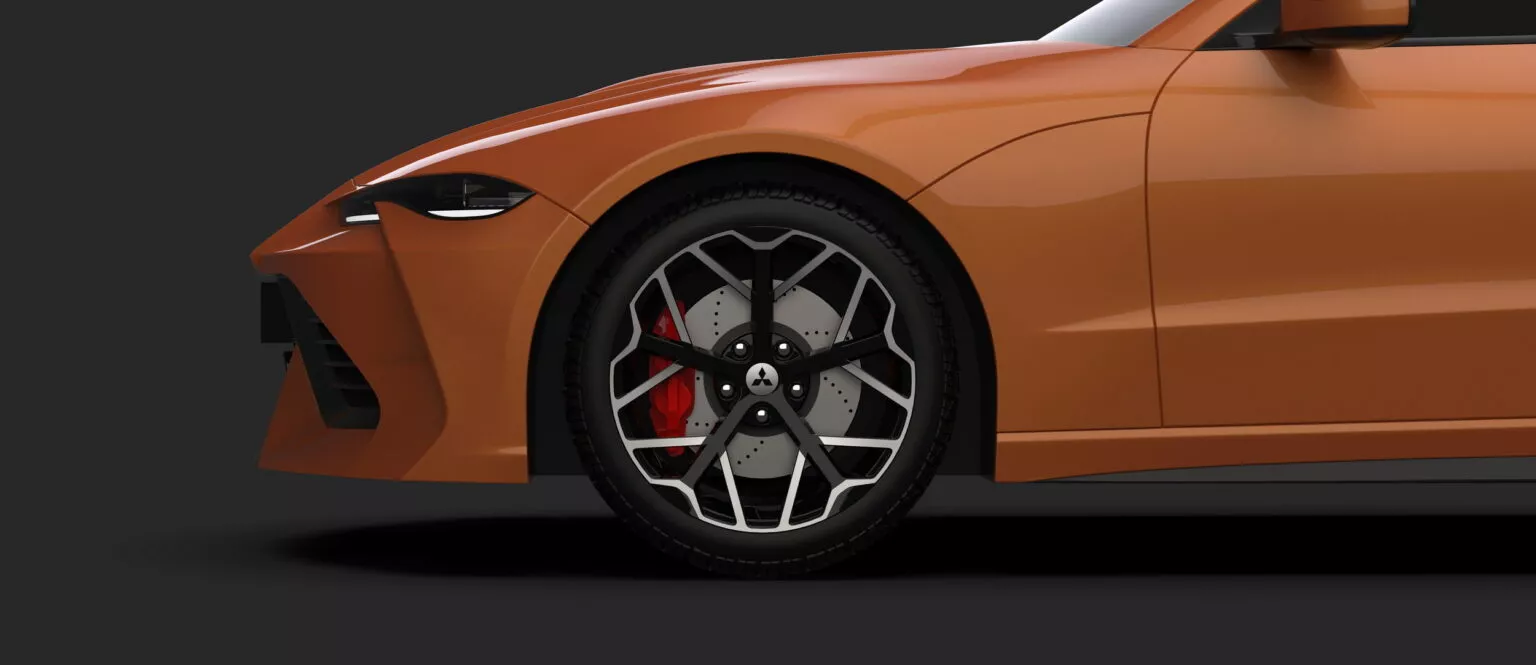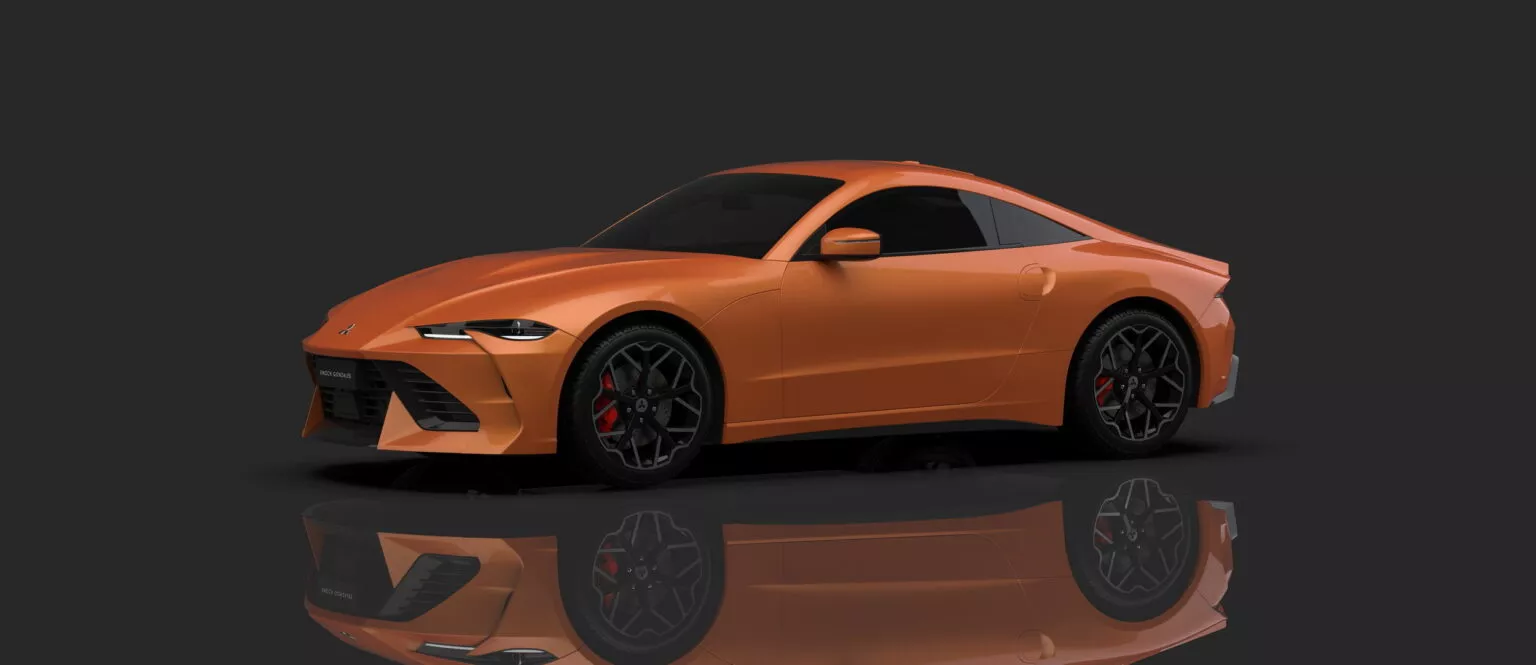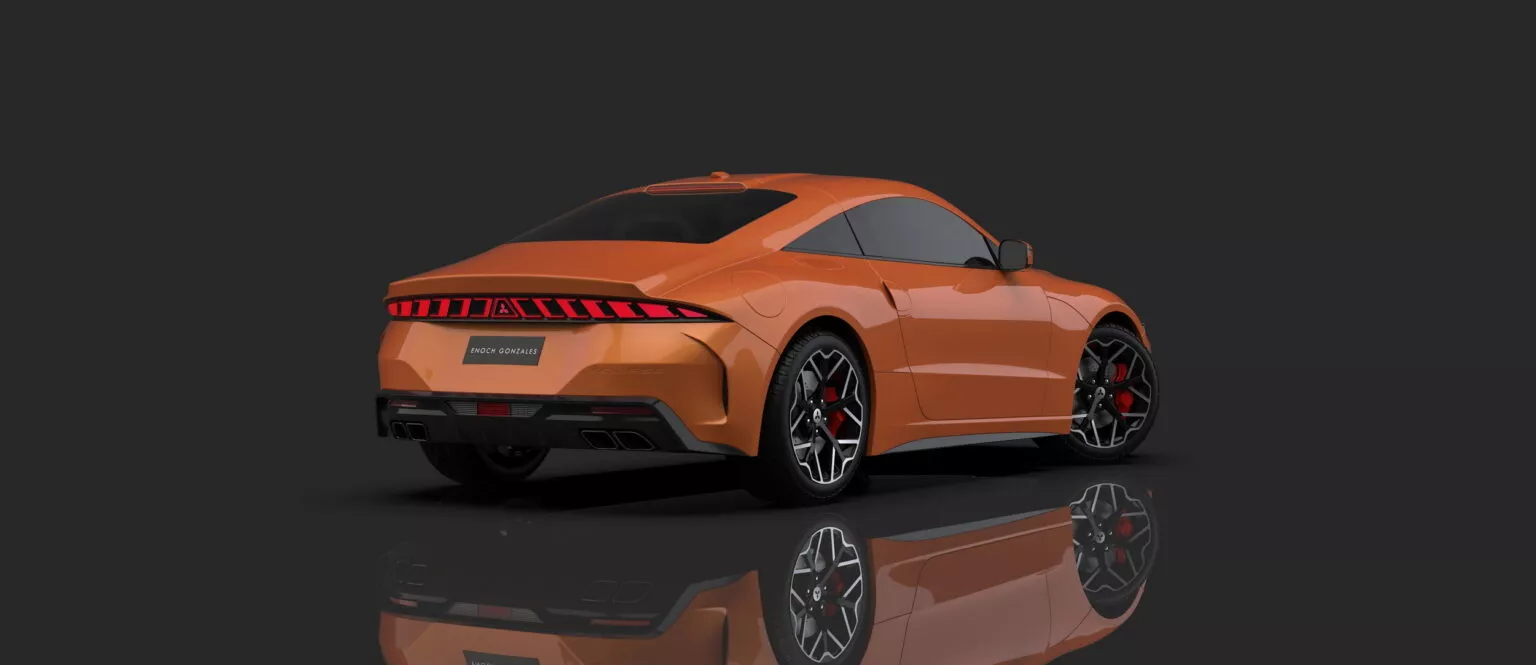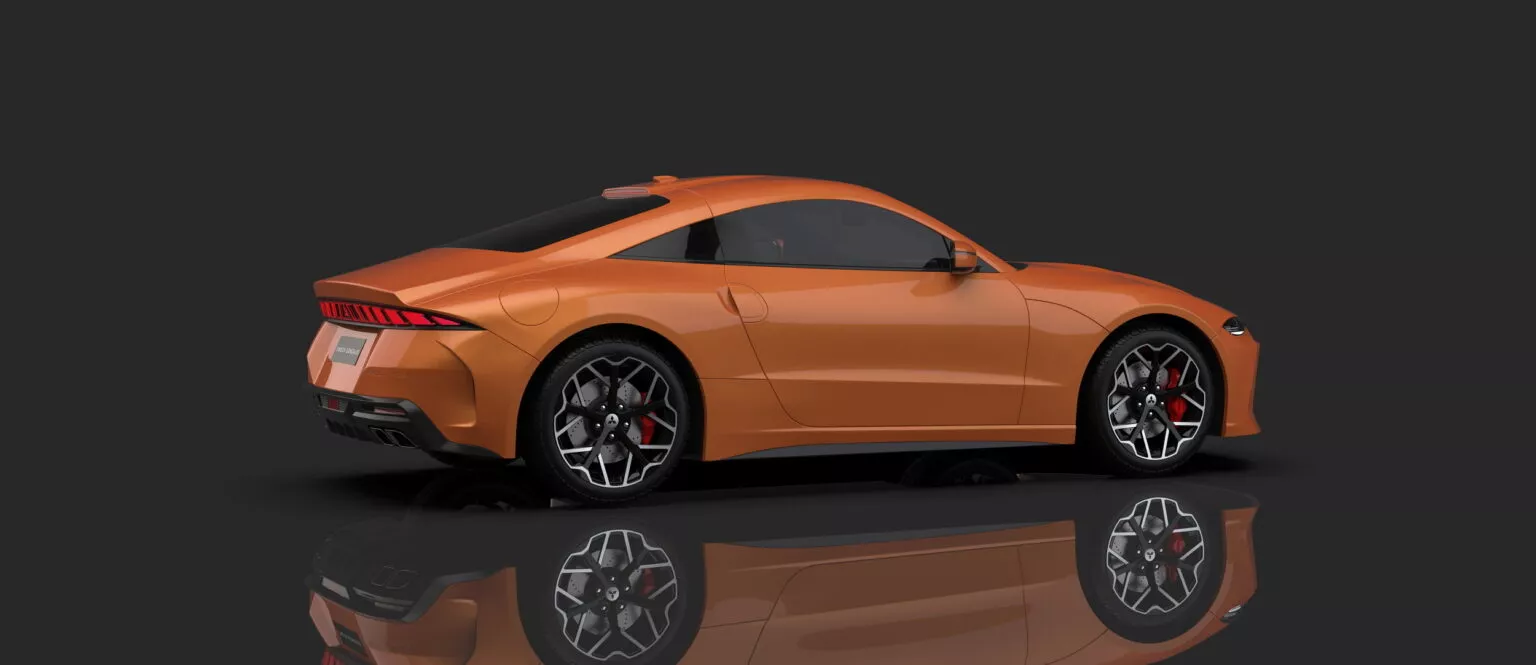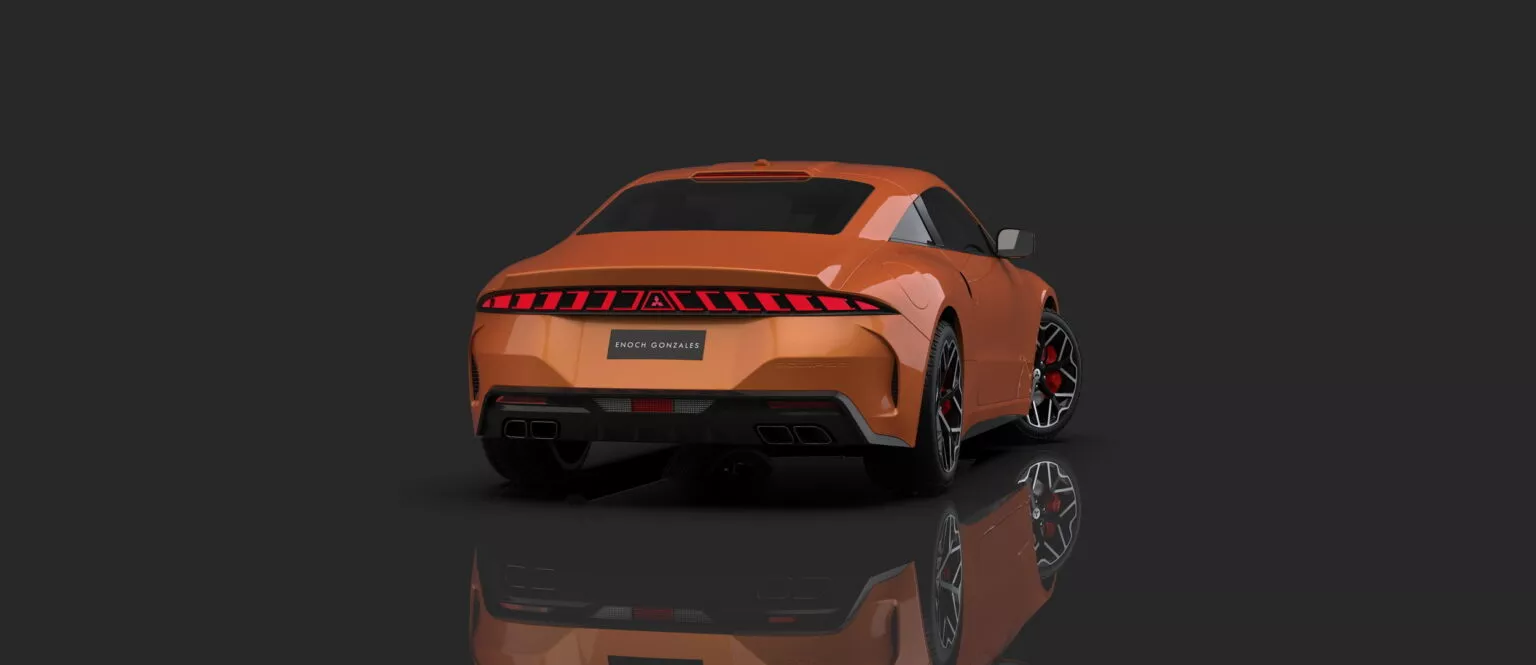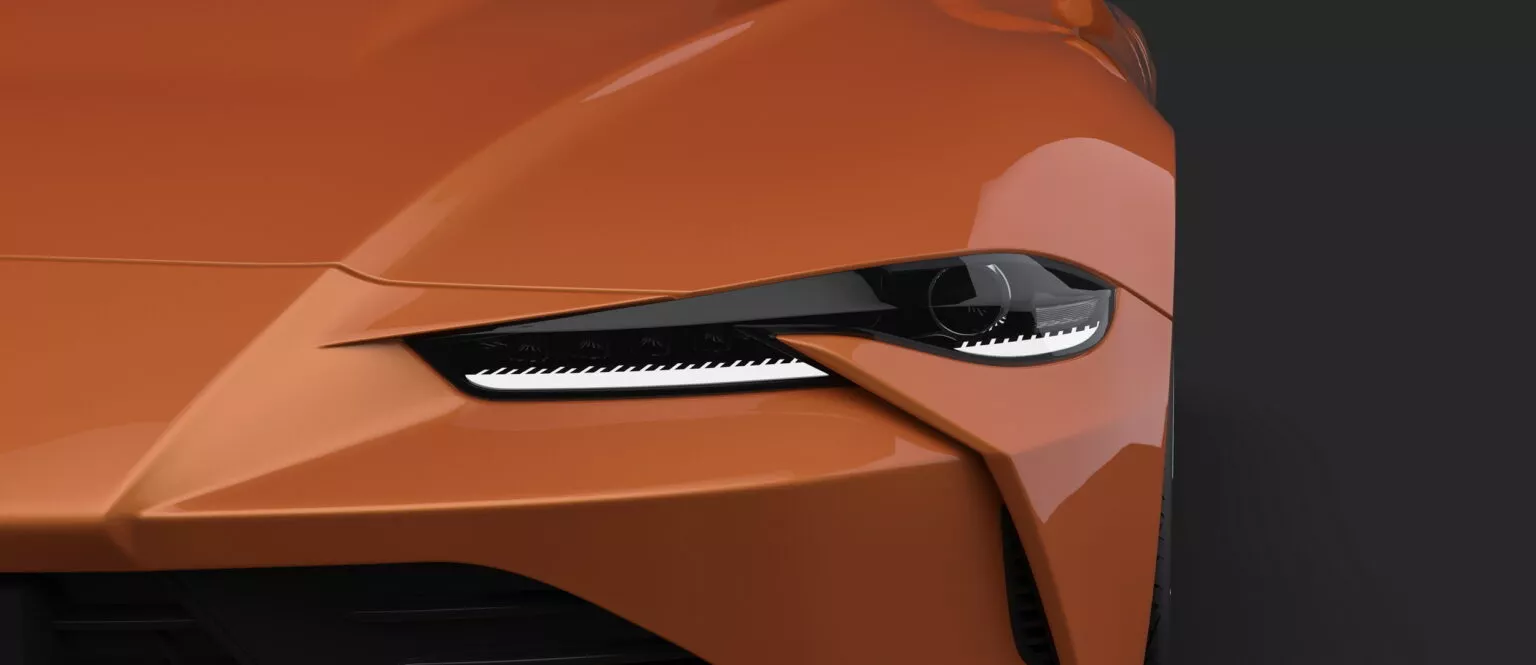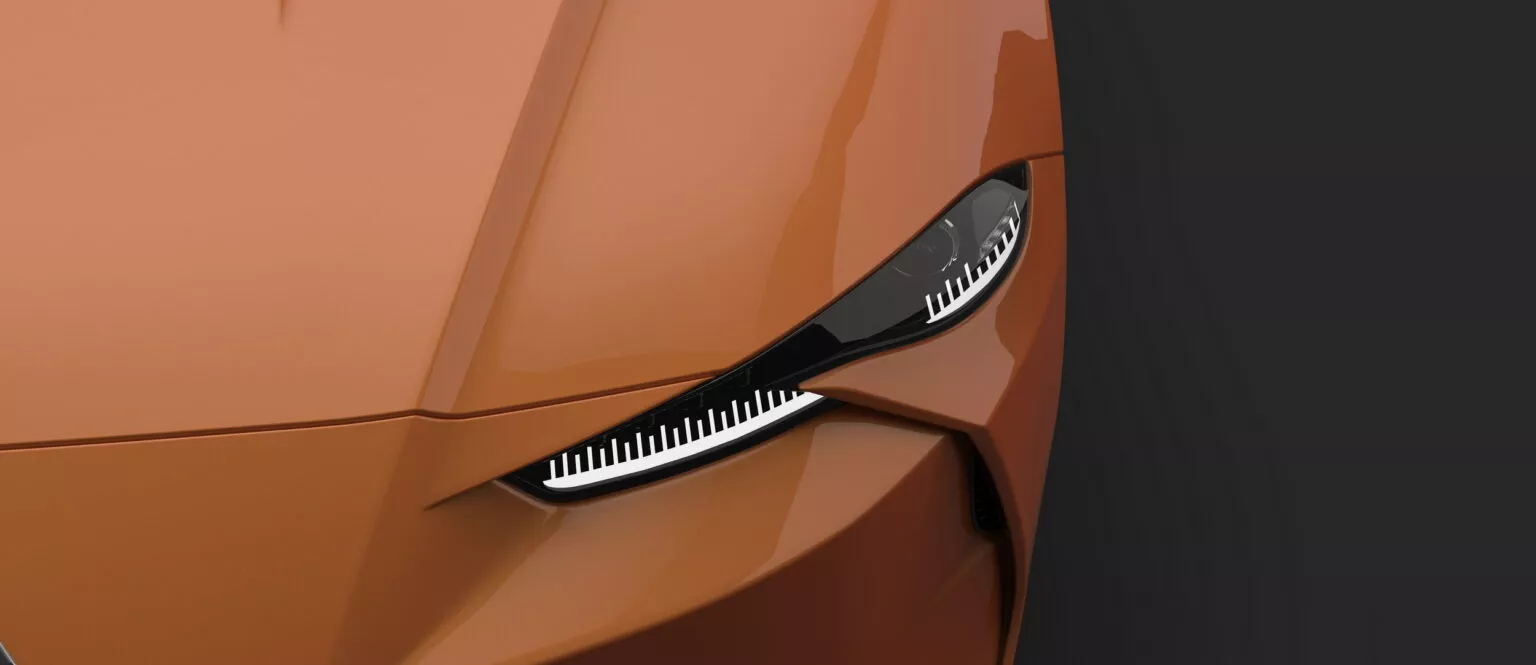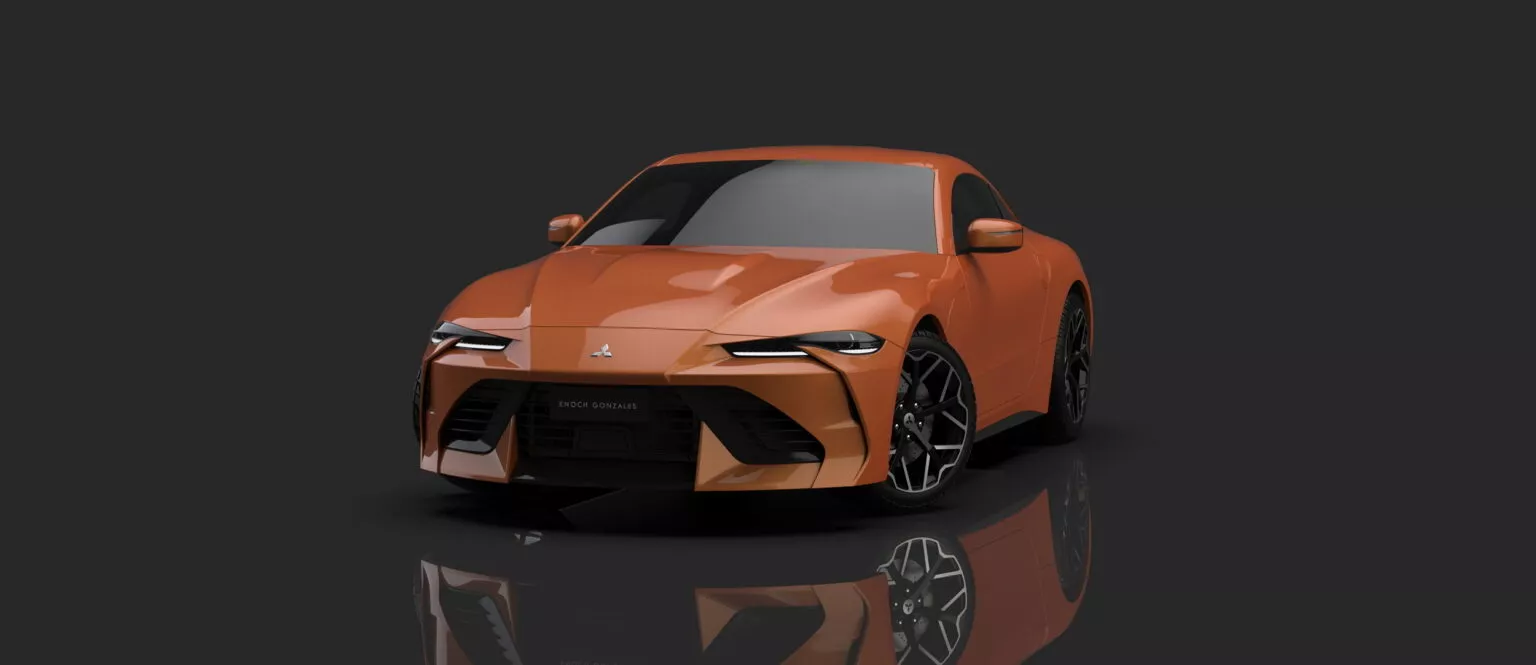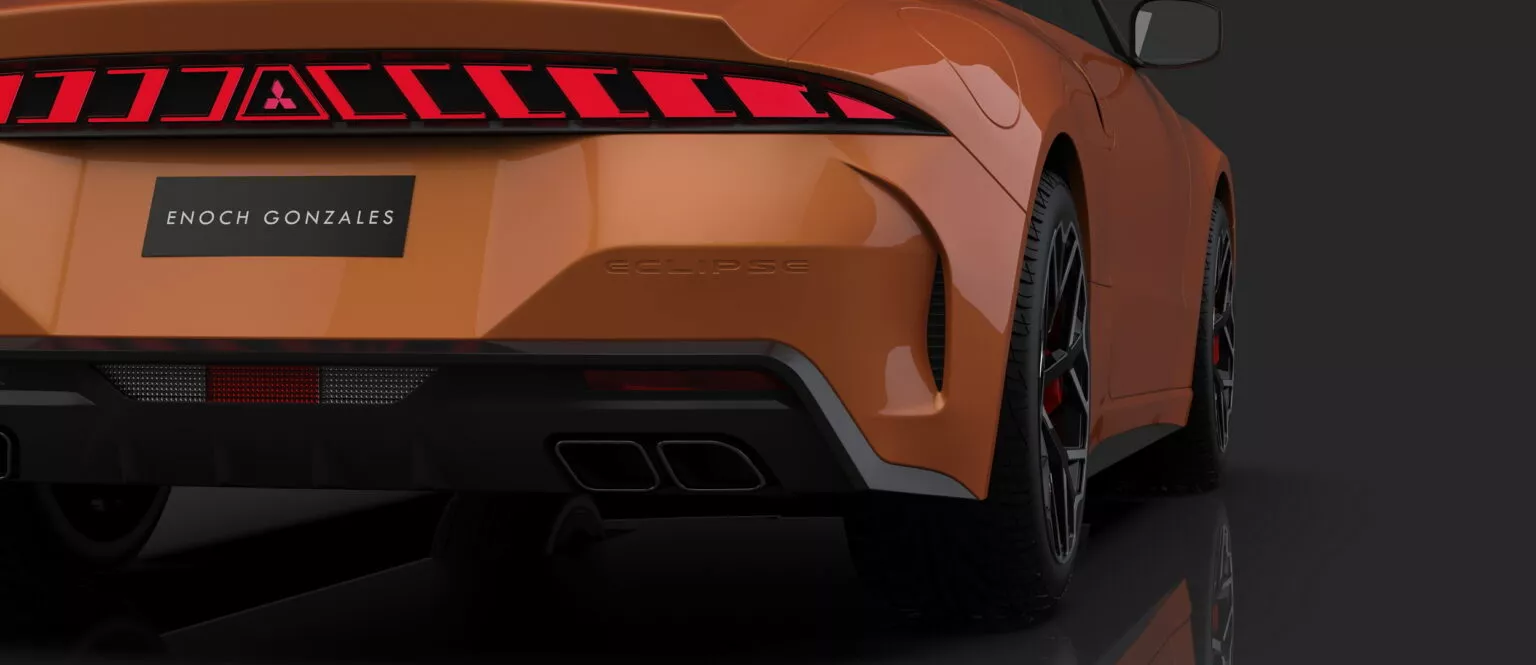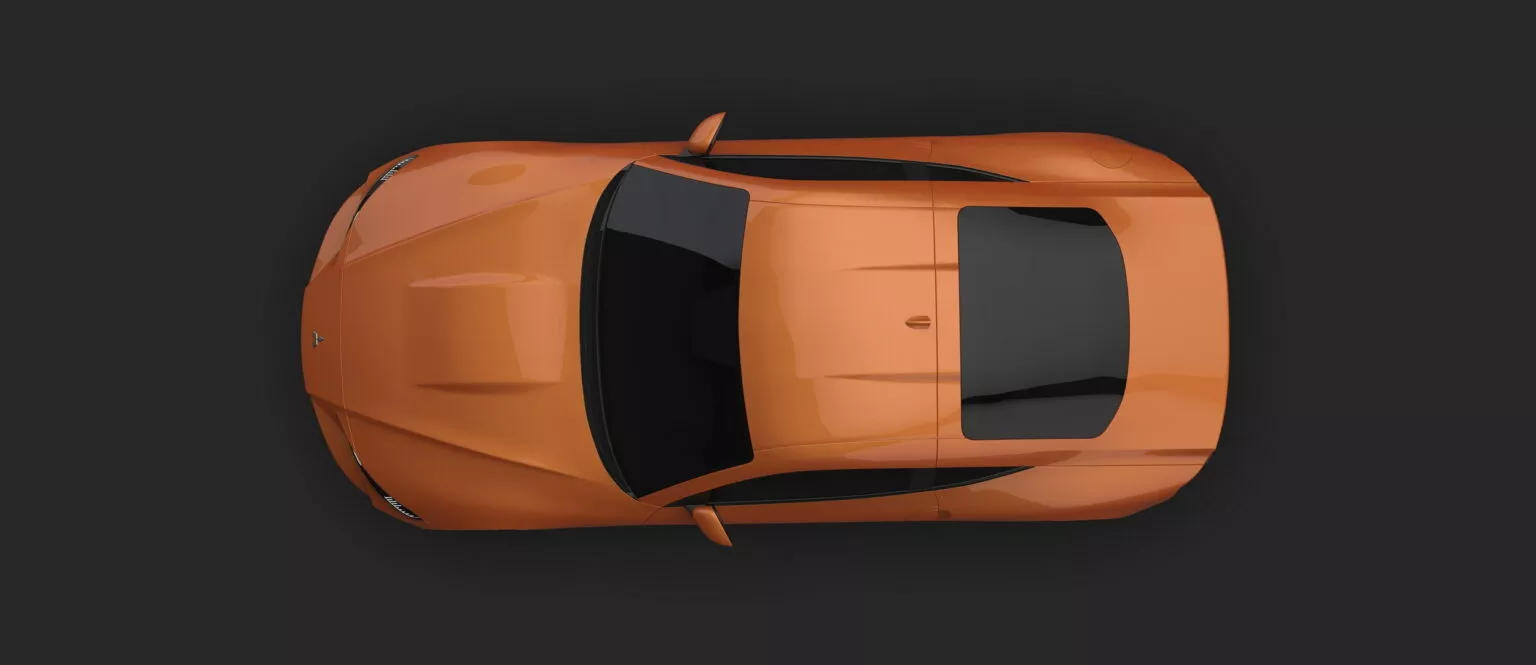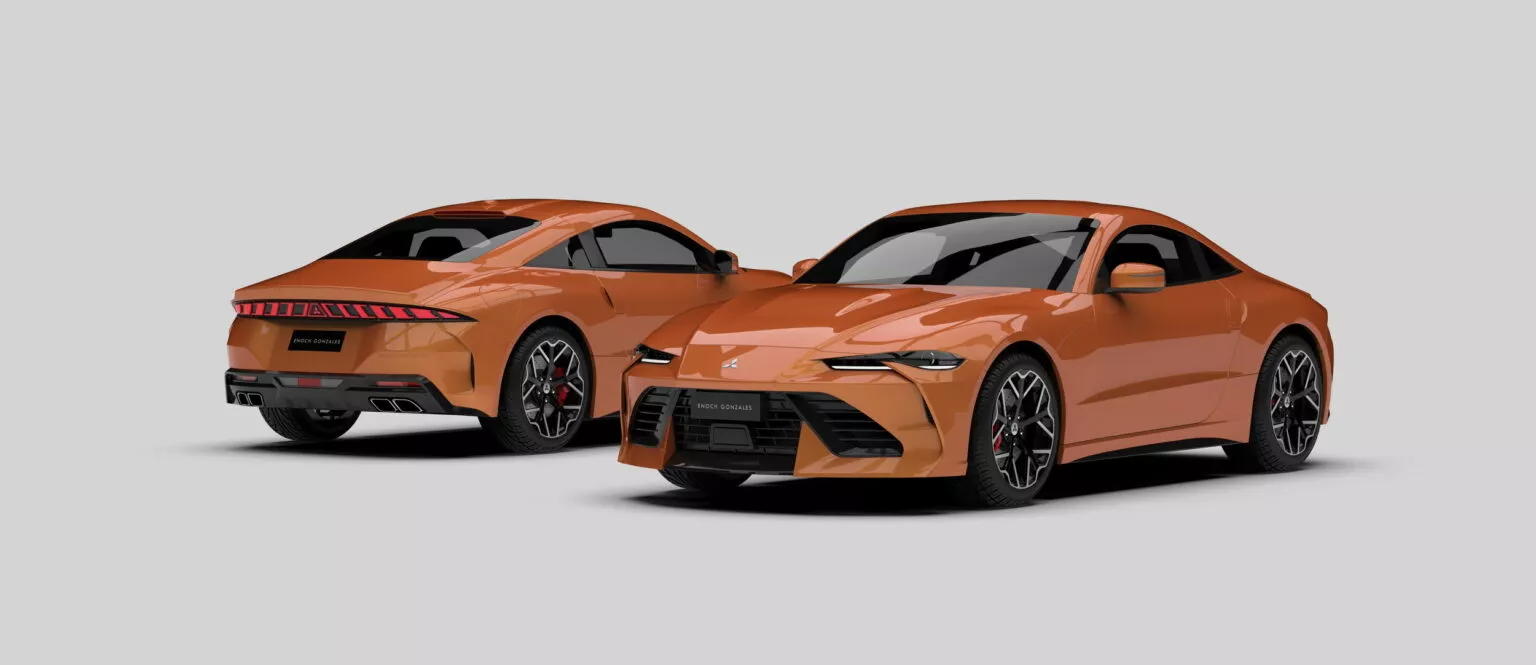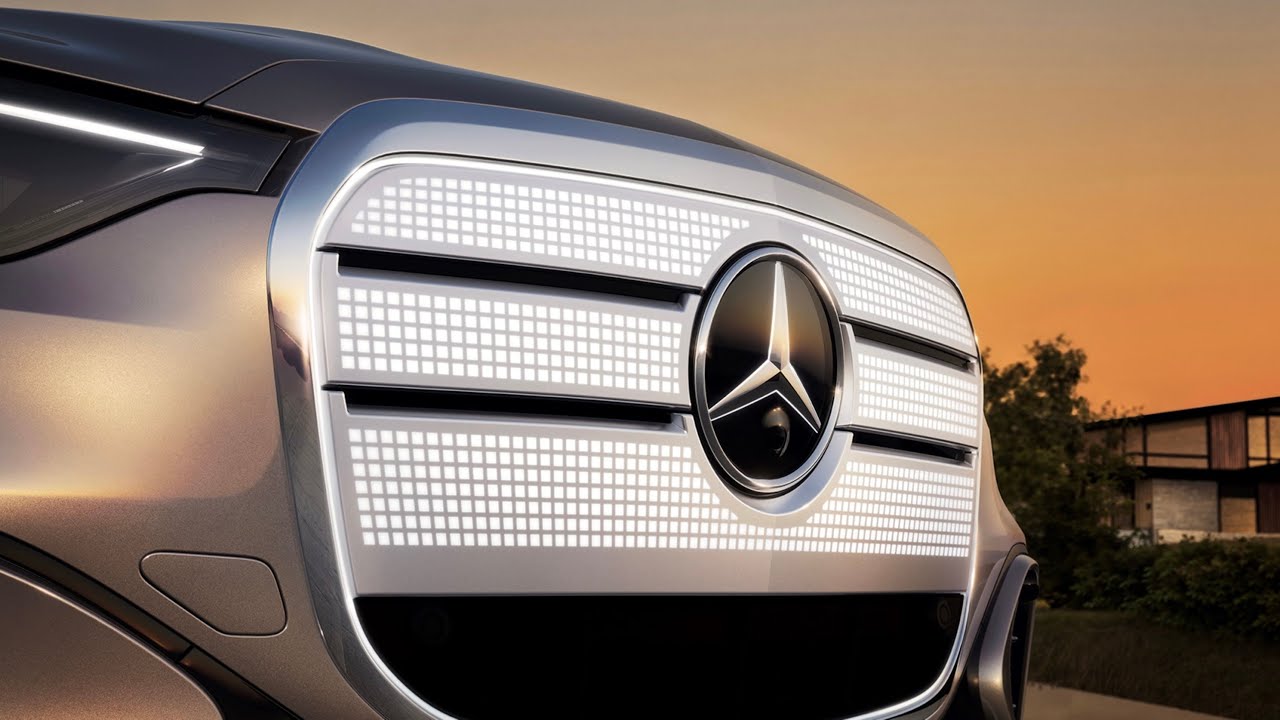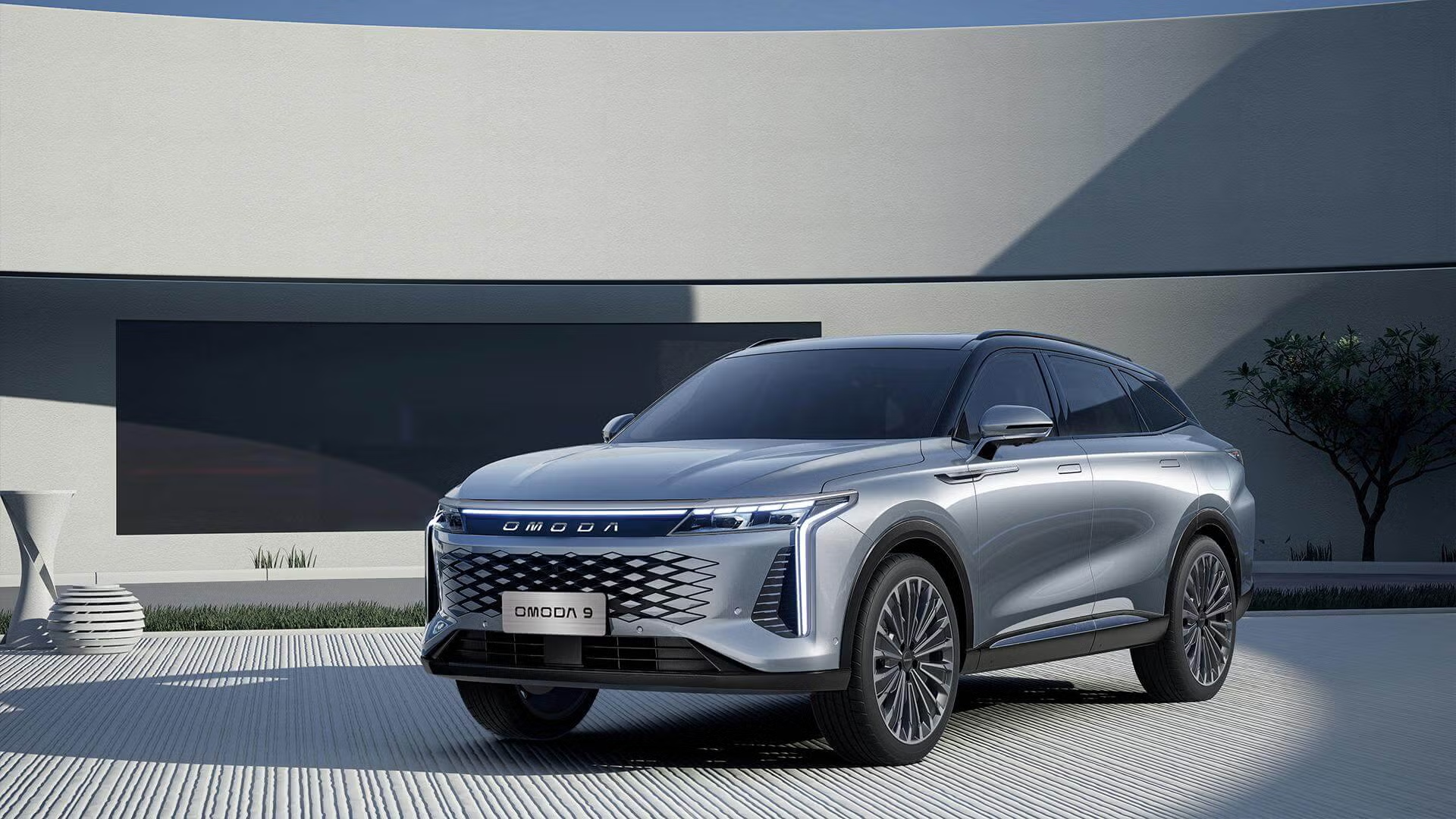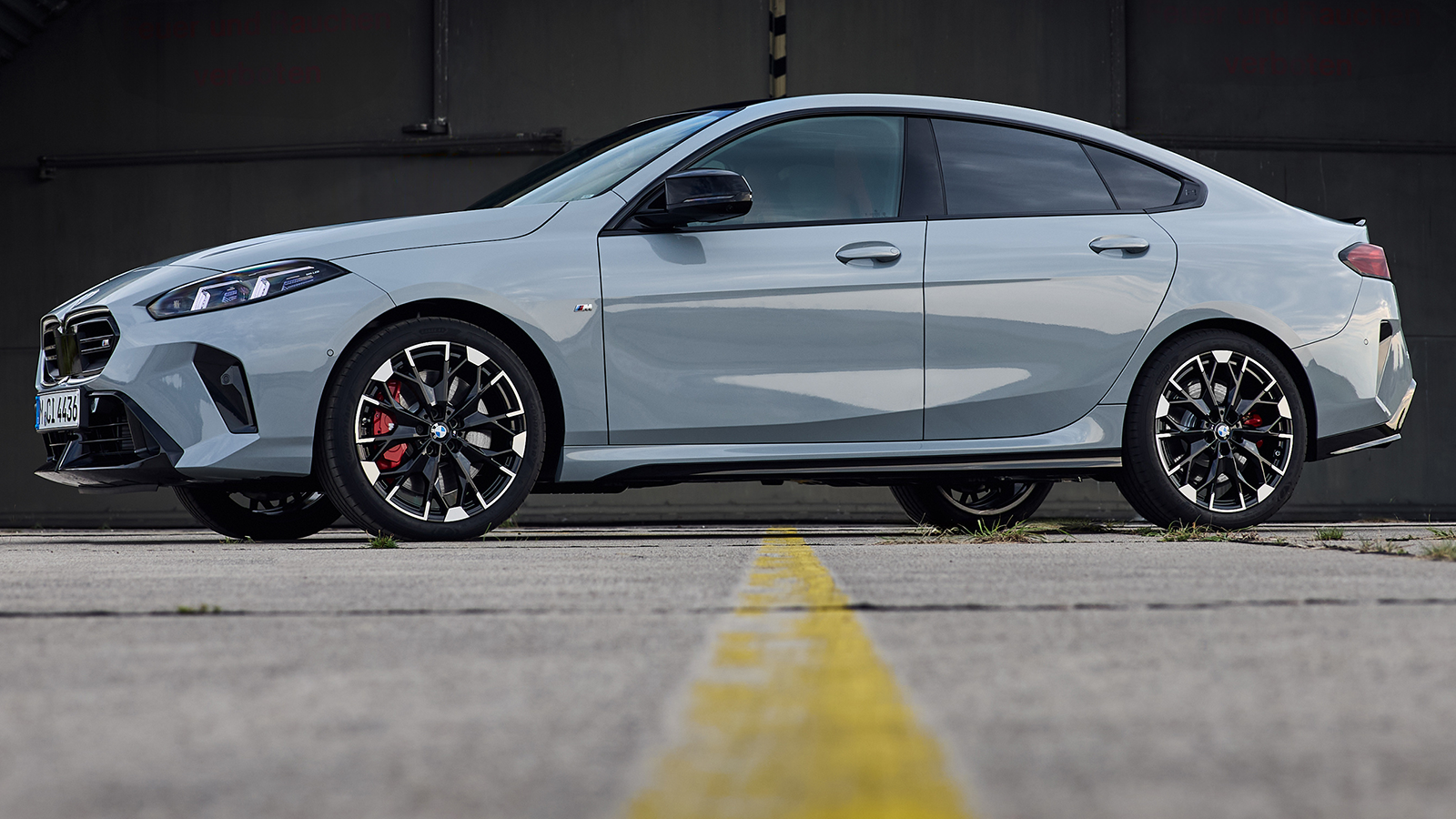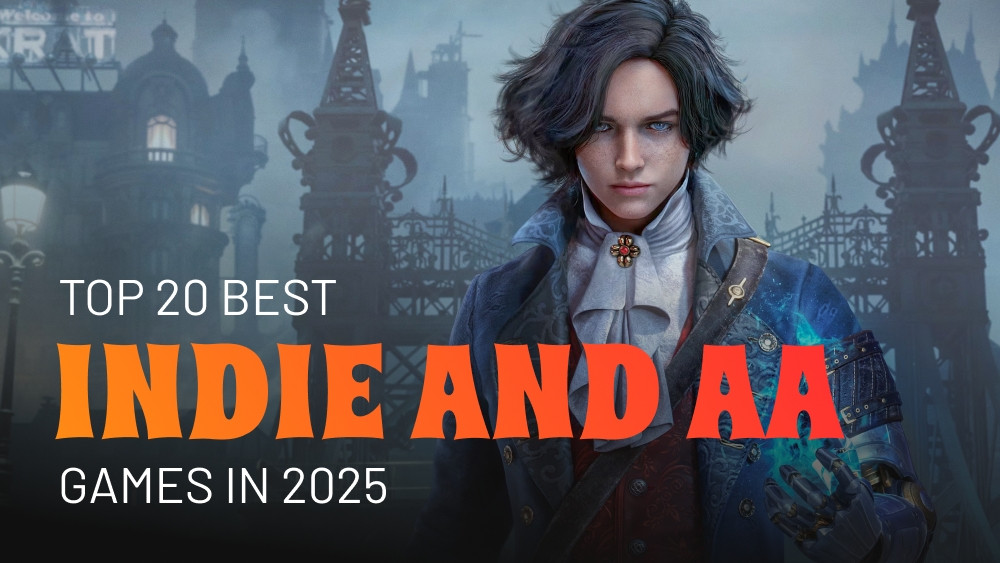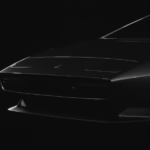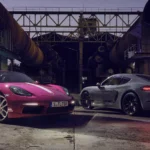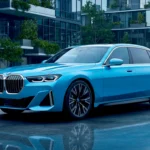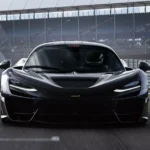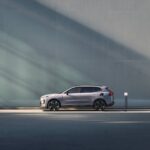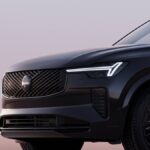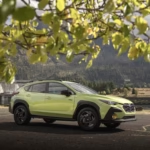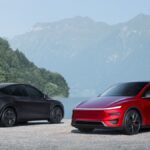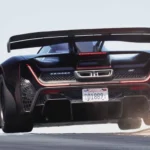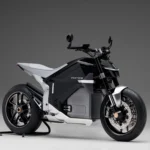Enoch Gonzales’s digital study is a love letter to the Mitsubishi Eclipse’s sporty past. Picture the 1994 second-generation coupe reborn with crisp, modern proportions, a full-width light bar, and — gasp — a 3.0L twin-turbo V6 under the hood. That combination of retro cues and modern menace fuels every pixel of the render. But while the idea excites fans, Mitsubishi’s corporate roadmap is steering toward electrified crossovers, not a new internal-combustion halo coupe. So why are designers still dreaming about it? Because imagination is cheap, and inspiration is contagious.
Who Is Enoch Gonzales?
Enoch Gonzales is part of a growing wave of digital artists who use 3D modeling to reimagine cars we loved — and cars we wish existed. These renders are not official concepts; they are studies: exercises in branding, proportion, and mechanics translated into pixels.
A short note on the digital-design scene
Digital car design operates like a public lab. Concepts get shared, debated, memed, and sometimes straight-up influence the OEMs (original equipment manufacturers). A well-executed render can highlight an untapped aesthetic or a commercial idea waiting for the right timing.
Design Language: Retro Soul, Modern Lines
Gonzales respects the Eclipse DNA while giving it modern confidence. There’s a neat tension in the visuals: the proportions shout “classic coupe,” but the detailing whispers “2025.”
Front fascia: thin LEDs and purposeful hood
The nose is a study in minimal aggression. Extremely thin LED strips paired with aerodynamic winglets give the front end both a modern light signature and a performance-oriented function. The hood’s power bulge doesn’t just look menacing; it visually promises the mechanical muscle beneath.
Side profile: greenhouse, roofline, and proportions
The side profile is classic coupe geometry — a compact greenhouse that feels both compact and planted. Flush door handles and a clean beltline connect the old-school silhouette with contemporary detailing.
Rear design: full-width light bar and aggressive diffuser
At the back, a full-width light bar — segmented to mimic eclipse phases — sprawls between taillights, while four exhaust tips and a pronounced diffuser scream “track-ready.” It’s retro with teeth.
The Mechanical Dream: A 3.0L V6 Twin-Turbo
The heart of Gonzales’s concept is where the render stops being purely nostalgia and starts flirting with real-world plausibility: a 3.0L V6 twin-turbo putting out roughly 400 horsepower. Couple that with a manual gearbox option and selective AWD, and you’ve got a recipe for enthusiast joy.
Why V6? Why not a four or electric?
A V6 carries emotional weight. It sounds, breathes, and revs in ways that a four-cylinder or typical EV can’t replicate. For many enthusiasts, the V6 is the “right” engine for a personal coupe — balanced, muscular, and capable of meaningful torque and power without the weight of a V8.
Manual lovers and the return of the clutch
Offering a manual is a nod to purists and a marketing flourish that signals performance credibility. Manual transmissions sell fewer units in pure numbers today, but they sell identity and press coverage — both valuable for a halo car.
Selectable AWD: promise vs. packaging
Selectable AWD adds versatility and broadens appeal, but it complicates packaging and weight distribution. Building such a system would require engineering resources and could bloat costs — two things OEMs try to minimize for niche models.
Platform Politics: Renault–Nissan–Mitsubishi Alliance
Gonzales’s concept implicitly leans on alliance synergies. The Nissan Z’s platform and powertrain are obvious reference points: proven mechanicals, a tested V6 architecture, and a manual option. In theory, sharing components would be the fastest path to a production-ready coupe.
The Nissan Z as a clear inspiration
The Z proves there’s still appetite for ICE sports cars — but at what scale? Nissan launched a modern Z with limited run excitement. That same strategy could, in principle, apply to an Eclipse V6: small-volume halo model built on alliance tech.
Platform-sharing pros and cons
Sharing saves time and cost, but it also dilutes identity. If an Eclipse were too close to a Nissan Z, Mitsubishi risked selling a “rebadged Z” rather than a distinct model. Brand differentiation is essential.
Why Mitsubishi Probably Won’t Build It
Here’s the hard truth: gorgeous renders don’t pay R&D bills. Four major barriers keep Mitsubishi far from building a V6 Eclipse today.
Emissions, regulation, and electrification pressure
Global emissions rules are tightening. A V6 twin-turbo, even with modern controls, is harder to justify against CO₂ targets and urban low-emission zones. Electrics and hybrids are the compliance path most OEMs prefer now.
Market trends: SUVs, crossovers, and profit centers
Coupes sit in a shrinking niche. SUVs and crossovers are cash cows. Mitsubishi has leaned into those segments — the Eclipse Cross is evidence of that shift. From a pure business perspective, a coupe is often a loss-leader unless it doubles as a brand halo built to sell techs or image.
Cost, risk, and brand strategy realities
Engineering a one-off halo car is expensive. Homologation, crash testing, warranty coverage — all eat budgets. For a brand already repositioning itself, the ROI on a V6 halo coupe is a risky bet.
The Enthusiast Market: Who Would Actually Buy This?
Make no mistake: a segment of buyers would. Smaller but intense.
Purists and manual transmission collectors
These buyers want authenticity: a characterful engine, a weighted steering rack, a manual gearbox. They’ll often pay a premium for a well-executed limited-run coupe.
Tuning culture and limited-run strategies
Even if Mitsubishi won’t build a mass-market model, tuners or boutique manufacturers could adapt existing alliance platforms to create an Eclipse-esque halo — lower volume, higher margin, higher character.
From Render to Reality: Practical Steps & Hurdles
Let’s map the bridge between pixels and pavement.
Engineering and homologation
You’d need crash structures, NVH tuning, cooling, software, and warranty planning. That takes time and money. A “shell” concept uses Z underpinnings but requires bespoke body structures and systems to feel authentic Mitsubishi, not Nissan.
Pricing and positioning
A small-volume V6 coupe with a manual would likely carry a premium: expect a price that positions it against performance coupes and near-luxury sports cars. That pricing limits buyers but preserves the car’s halo status.
Alternatives Mitsubishi Could Consider
If Mitsubishi wants the halo without the ICE risk, there are smarter routes.
A hybrid V6 or performance EV with retro cues
A V6 hybrid could reduce emissions while retaining engine character. Or an electric coupe with tuned sound and weight-distribution engineering could mimic the feel of a performance ICE car, while future-proofing compliance.
Limited-run halo model through a partner or sub-brand
Collaborating with a partner in the alliance, or launching a small-run “experimental” sub-brand, spreads costs and risk while delivering the marketing buzz.
Why Renders Matter — More Than Fan Art
Renders like Gonzales’s aren’t just pretty pixels; they’re market probes. They show OEMs what audiences crave: identity, emotion, and character. When a render catches fire, it proves there’s interest — and sometimes that interest nudges strategy.
Brand identity prompts and market feedback loop
Manufacturers scan social chatter. A strong, sustained fandom can influence what gets explored in internal design studios. Renders can act like petitions made of pixels.
Competitor Context: How the Nissan Z and Toyota Supra Fit In
The modern Z and the Supra revived enthusiast interest in tangible, driver-focused sports cars. An Eclipse V6 would sit beside those models but needs distinct personality to avoid cannibalizing alliance siblings.
Where an Eclipse V6 would sit in the market
Think: slightly smaller footprint than the Supra, more affordable than some high-end sports cars, and more character-driven than pure performance-focused track monsters.
What This Render Says About Nostalgia and the Future
Nostalgia is a currency. It buys attention, social shares, and brand love. Still, nostalgia alone won’t pay product-development invoices. The successful revival balances homage with modernity: it must feel familiar yet worthy of today’s standards.
Verdict: Should Mitsubishi Reconsider?
If Mitsubishi wants a pure halo, a low-volume V6 coupe could be a brilliant marketing move. But in the current climate, hybrids or electric reinterpretations offer more pragmatic alignment with global strategy. The ideal solution might be a limited-run performance coupe built with alliance support or a boutique rebadging program — a compromise that delivers heart without jeopardizing compliance and profit.
Enoch Gonzales’s V6 Eclipse render is more than wishful thinking — it’s a reminder that car design lives at the intersection of emotion and commerce. Fans want cars that feel alive; corporations must balance passion with regulation and profit. Whether Mitsubishi ever builds a V6 coupe, renders like this prove there’s still appetite for driver-focused machines. The future of the Eclipse name might not be a straight reboot; it could be a hybrid homage, a limited-run halo, or a community-driven project. Whatever happens, the dream of a modern V6 Eclipse will keep revving in comment sections and garages alike.
FAQs
Q1: Is Enoch Gonzales’s V6 Eclipse an official Mitsubishi concept?
No — it’s a digital render by an independent designer. It’s a fan-made concept, not an OEM project.
Q2: Could Mitsubishi actually build a V6 Eclipse using Nissan Z parts?
Technically possible via platform sharing, but it would require substantial engineering, brand differentiation, and business justification.
Q3: Why won’t Mitsubishi build a V6 coupe today?
Main reasons include emissions regulations, shifting market demand toward SUVs and EVs, and the high cost/risk of low-volume ICE cars.
Q4: Would enthusiasts prefer a manual or an automatic for a modern Eclipse?
Purists prefer a manual for engagement, but many buyers expect modern automatics for performance and convenience; offering both can broaden appeal.
Q5: What’s the most realistic path for an Eclipse-style car to appear?
A limited-run halo model, a hybrid V6 reinterpretation, or a boutique conversion using alliance platforms are the most plausible routes.
